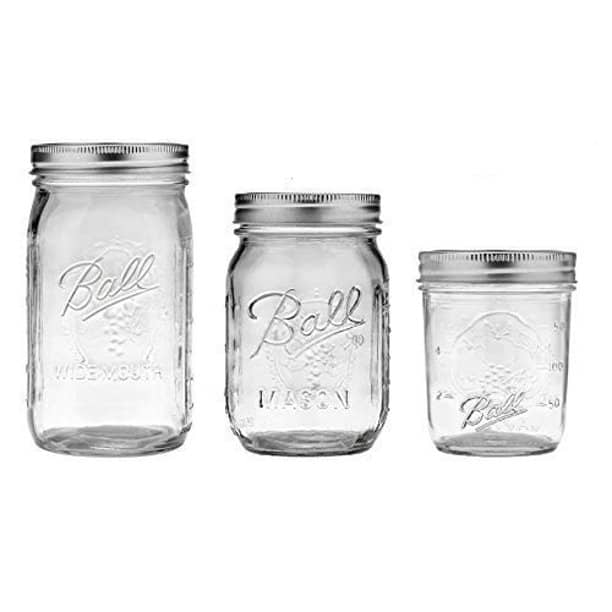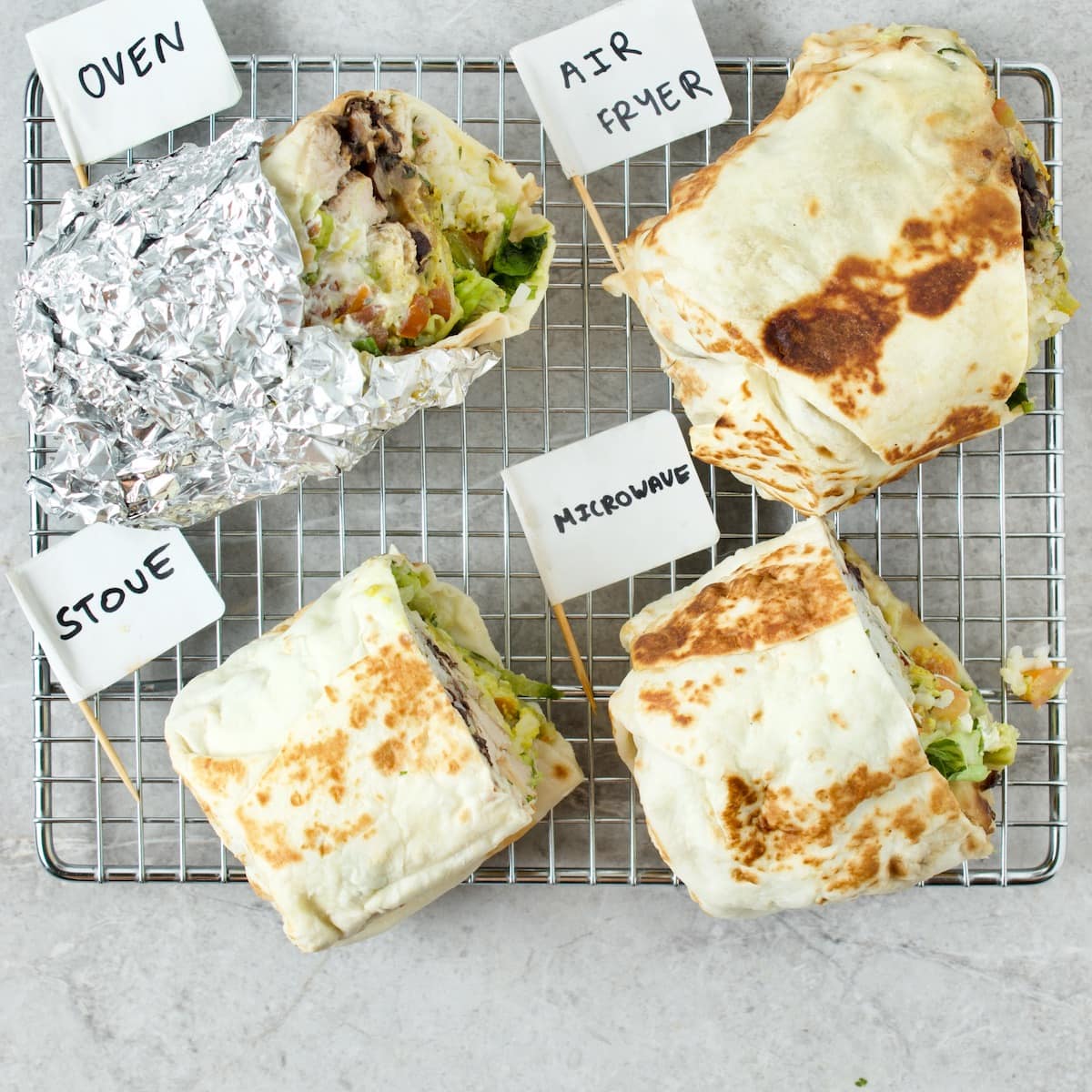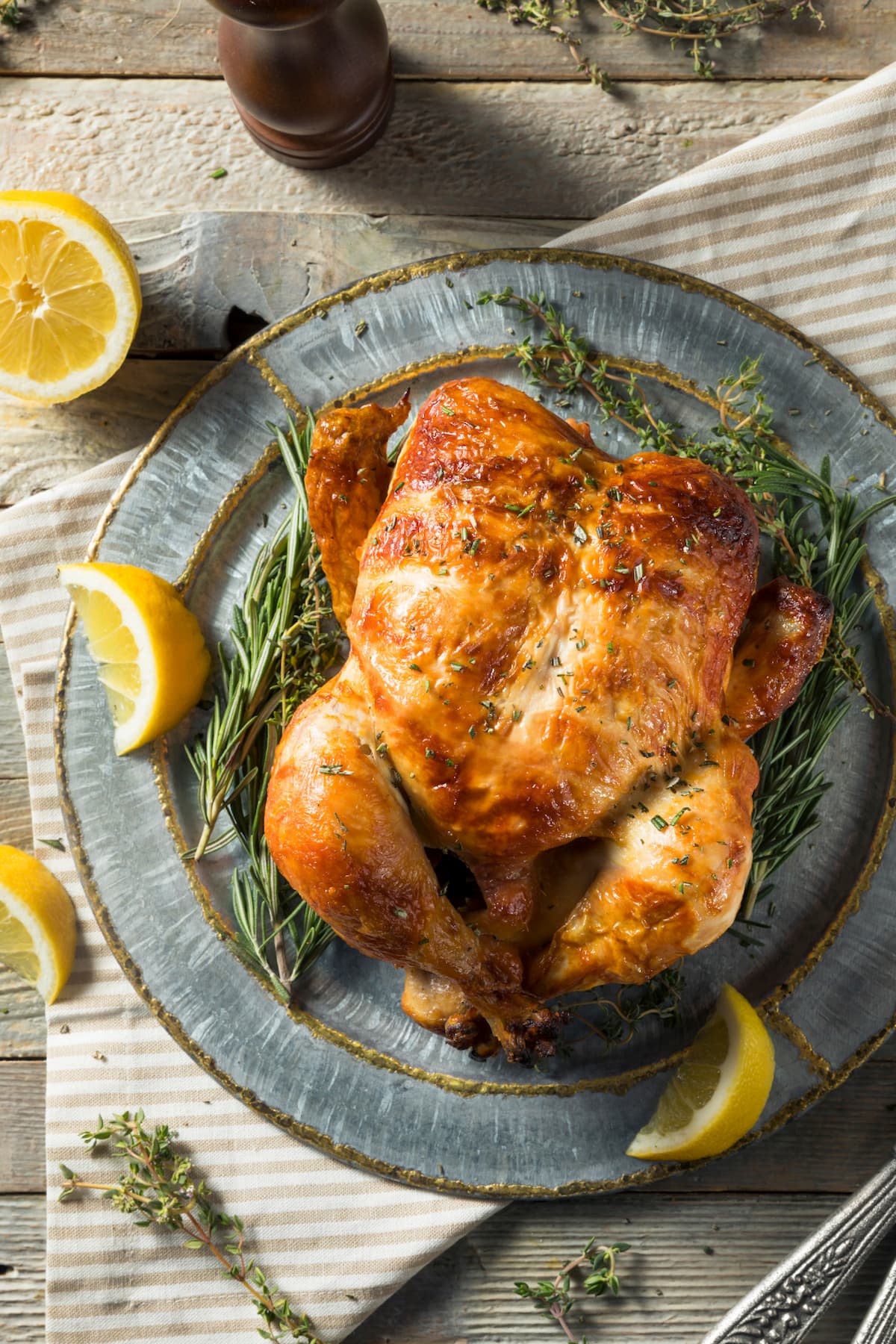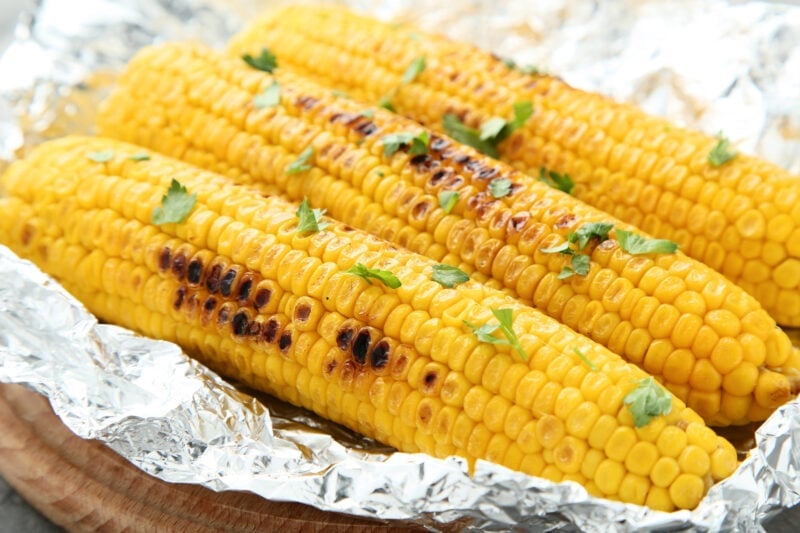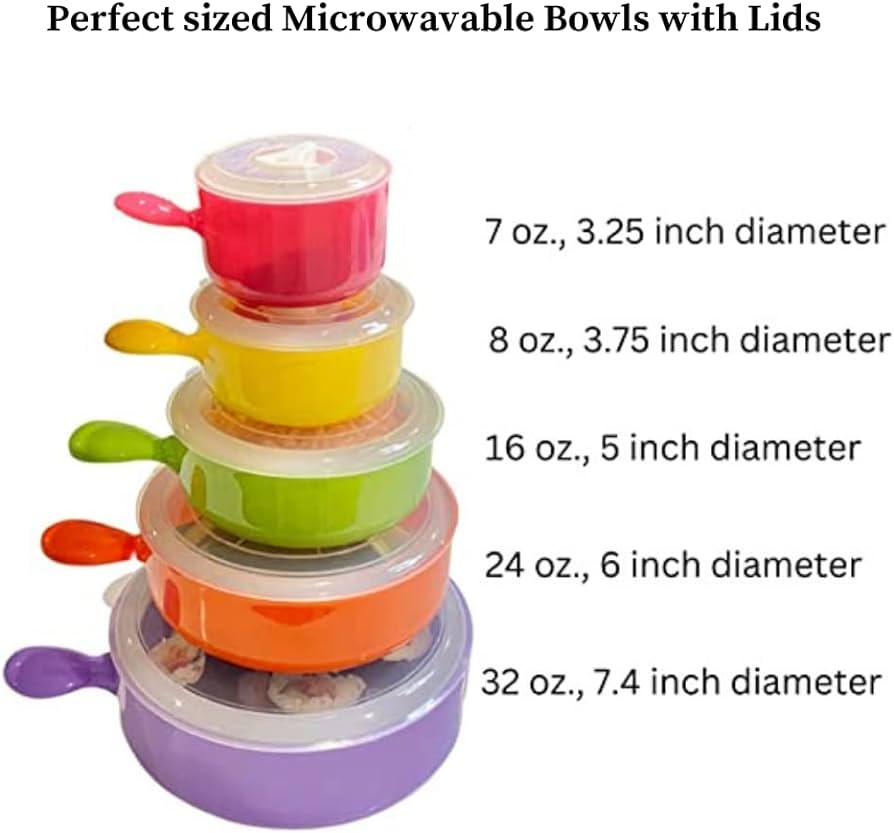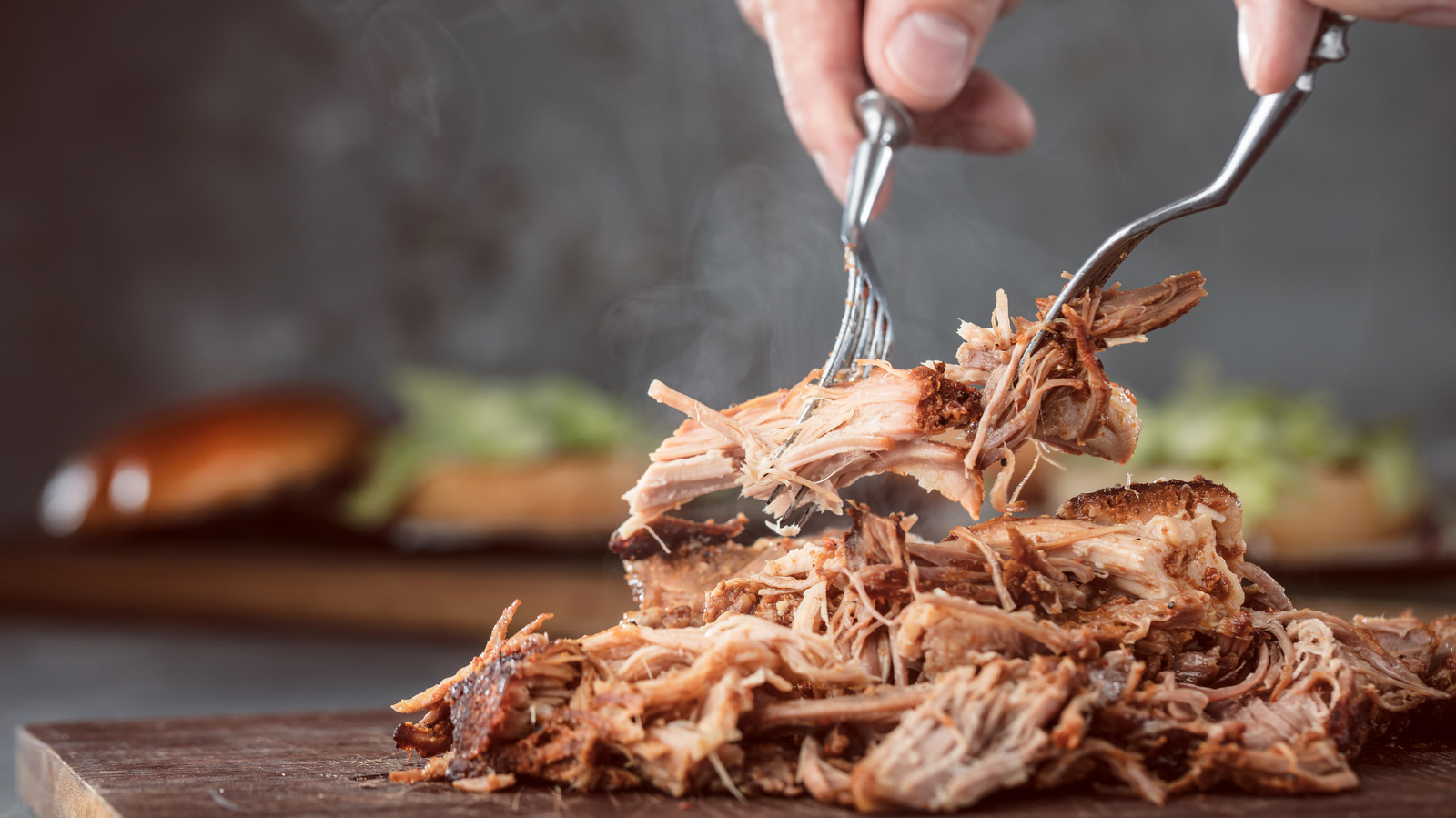Can you microwave mason jars safely without hazards?
List of Pertinent Information about Microwaving Mason Jars:
– Mason jars made of glass can be microwaved if they are labeled as “microwave-safe.”
– It is not safe to microwave plastic or styrofoam containers.
– Glass without a “microwave-safe” label may crack or shatter in the microwave due to the presence of metal, dyes, or air bubbles.
– Drinking glasses or glass food storage containers with a plastic seal should be avoided in the microwave.
– Recently refrigerated or slightly cold glass is safe to microwave, but glass that has been in the fridge or freezer for a while should be warmed on the counter first to prevent cracking.
– To test if glass is microwave-safe, fill the dish with a cup of cold water and microwave it for 1-2 minutes. If the glass becomes hot to the touch, it is not microwave-safe.
– Stirring food while heating ensures even warming and heat distribution in the microwave.
– Glass should not be left in the microwave for more than 5 minutes to prevent cracking or breaking.
– Microwave-safe containers usually have wavy lines symbol on the bottom, indicating their safety for use in the microwave.
– Containers with a #5 symbol made of polypropylene (PP) are generally considered microwave-safe.
– CPET containers marked with #1 are safe for the microwave as they are designed for oven-ready applications.
– APET containers with #1 symbol are not safe for the microwave and are commonly used for deli, supermarket, and cold food containers.
– Polystyrene (Styrofoam) containers marked with #7 symbol are also not safe for the microwave.
– It is recommended to transfer food from foam containers onto a safe plate or container before reheating.
– Harvest Fiber containers are not recommended for microwave use as they are compostable.
– Paper products should not be microwaved as additives used to coat, seal, or glue the paper may leak into the food.
